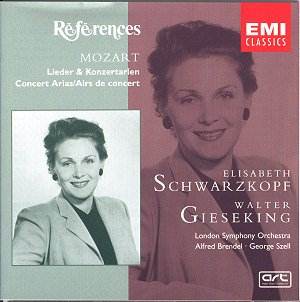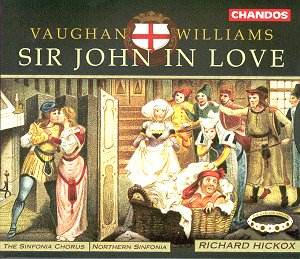 Composer: Niccolò Jommelli
Composer: Niccolò Jommelli
Works: La Passione di Nostro Signore Gesù Cristo (1749)
Performers: Anke Herrmann – Maddalena (soprano), Debora Bernesi – Giovanni (mezzo soprano), Jeffrey Francis – Pietro (tenor), Maurizio Picconi – Guiseppe d’Arimatea (baritone), Ensemble Eufonia, Ensemble vocale Sigismondo D’India, Berliner Barock Akademie (Midori Seiler – leader)
Recording: Made in the Oratorio dell’Immacoletta, Palermo, 31 March to 4 April 1996
Label: K617
Niccolò Jommelli occupies a peculiar and often overlooked place in the annals of 18th-century music. His work, La Passione di Nostro Signore Gesù Cristo, composed in 1749, represents a striking blend of operatic drama and liturgical reverence, embodying the transitional spirit of the time as the Baroque gave way to the Classical. Jommelli’s penchant for orchestrally accompanied recitative places this oratorio on a similar footing to the works of contemporaries like Gluck, yet the composer remains underappreciated. This recording from K617, featuring Alessandro de Marchi and an adept ensemble, offers a compelling opportunity for re-evaluation.
The performance is anchored by the Berliner Barock Akademie’s striking instrumentation, which breathes life into Jommelli’s orchestral textures. From the outset, the overture captivates with its elegant lines and rich harmonies, setting a tone of solemnity and anticipation. The ensemble’s precision and nuanced dynamics are particularly commendable, providing a lush backdrop for the vocalists. Anke Herrmann’s portrayal of Maddalena is a highlight; her voice possesses a lyrical quality that shines in the aria “Giacché mi tremi in seno,” where she navigates the emotional landscape with both technical agility and expressive depth. The aria’s extended melodic lines demand a great deal from the soprano, and Herrmann meets these challenges with impressive poise.
The interpretation under de Marchi is insightful, particularly in the treatment of the recitatives. Jommelli’s shift from traditional recitativo secco to a more orchestral accompaniment creates a tension between the soloist’s freedom and the ensemble’s cohesion. De Marchi’s careful pacing in these passages allows for a dramatic unfolding of the narrative, which is often underscored by the orchestral commentary, enhancing the overall storytelling aspect of the performance. The recitative “Dove son! Dove corro?” encapsulates this dynamic beautifully, as the strings weave a tapestry that complements the urgency of the text.
The sound quality of this recording is commendable, captured in the intimate space of the Oratorio dell’Immacoletta. The engineering allows for a clear delineation of voices against the orchestral backdrop, with a warmth that invites repeated listening. The chorus, though not heavily featured, contributes with a vividness that reflects the clarity of Italian diction and the blend of their voices, particularly in the chorus “Quanto costa il tuo delitto,” which resonantly underscores the gravity of the narrative.
Comparatively, Jommelli’s work has often been overshadowed by Bach’s Passions. However, the operatic flair in Jommelli’s writing presents a different narrative approach that is equally compelling. The dramatic arcs crafted through his extended arias and the emotive recitatives offer a unique perspective on the Passion story, one that is both reverent and profoundly human.
This recording serves as a significant testament to Jommelli’s artistry and the ongoing relevance of his work. The combination of skilled performers, thoughtful direction, and excellent sound quality results in a compelling interpretation that invites listeners to engage with a composer whose music deserves a more prominent place in the concert repertoire. Jommelli’s La Passione di Nostro Signore Gesù Cristo emerges as a notable example of liturgical drama, brilliantly executed and worthy of exploration by enthusiasts of Baroque and Classical music alike.



